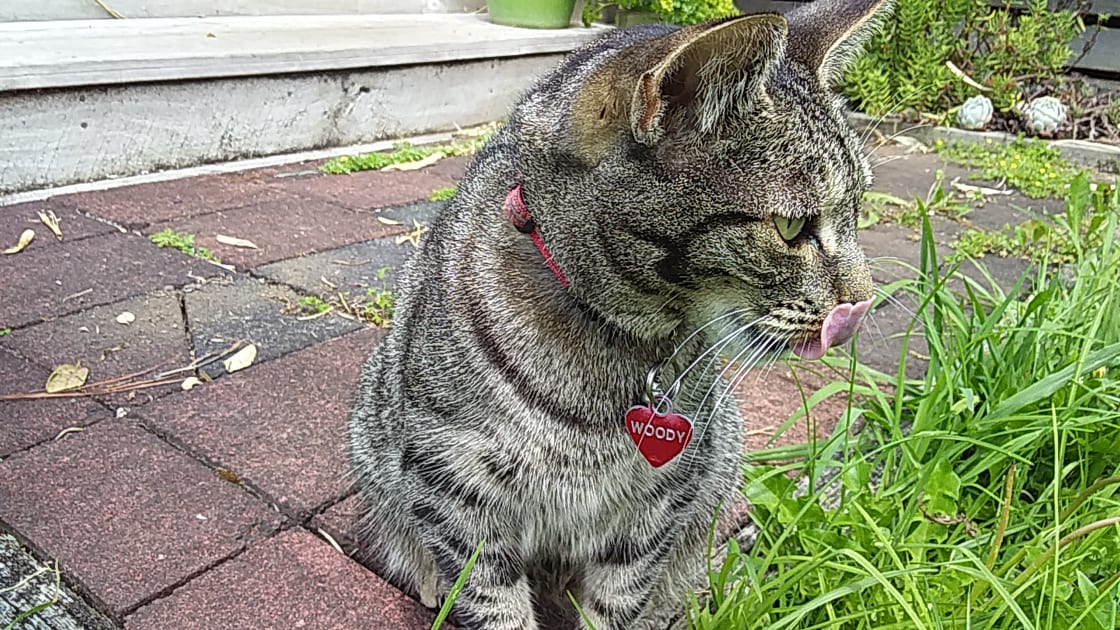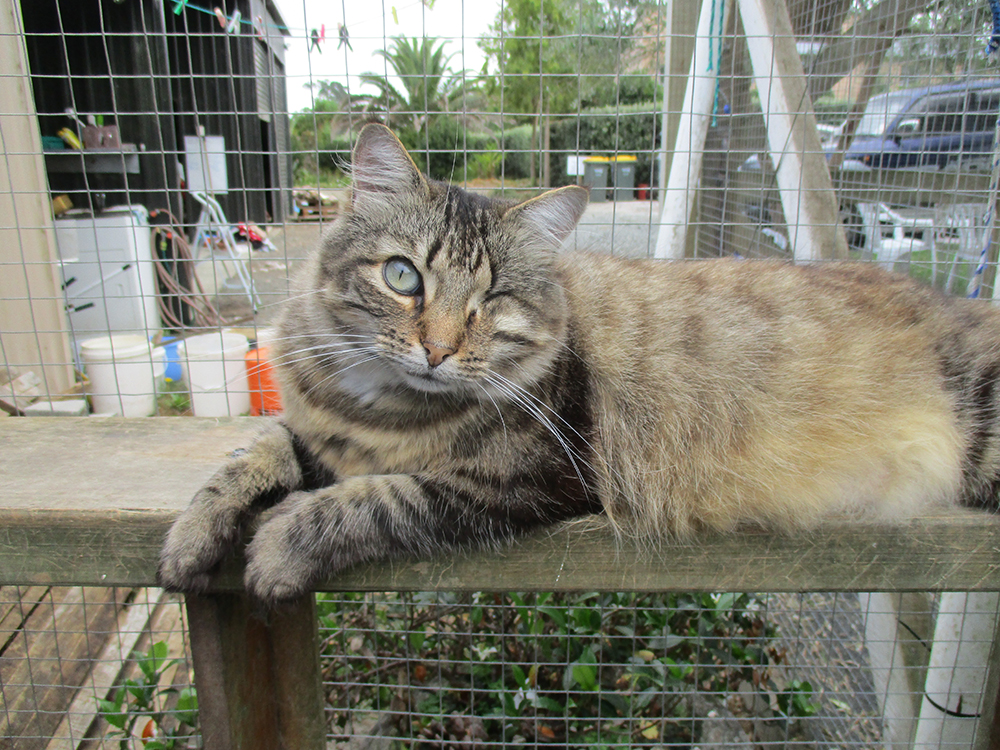Identification for your pet
 Placing identification on our pets is a basic task for a pet guardian, yet so many well-loved pets become lost without a collar and an identification tag to bring them safely home.
Placing identification on our pets is a basic task for a pet guardian, yet so many well-loved pets become lost without a collar and an identification tag to bring them safely home.
Collars and tags
A collar and identification tag is the simplest and most economical way to make sure your lost pet finds a way back to you.
Remember, pets grow and their collars must grow with them. Young pets will outgrow their “childhood” collars. Adult pets can gain or lose weight. This will alter the fit of their collar. When playing with or grooming your pet, always slide two fingers between the collar and your pet’s neck to verify it is adjusted properly.
 Microchipping
Microchipping
A microchip is a permanent pet ID and lasts the life of the cat. The microchip is about the size of a grain of rice and is injected beneath the surface of the cat’s skin between the shoulder blades. The process is similar to a routine vaccination, and anesthetic is not required. Microchips are read by passing a microchip scanner over the pet’s shoulder blades and body (in case the chip has migrated from the original site). The scanner emits a low radio frequency that reads the microchip’s unique code. This identifies the pet.
It is important to keep the cat guardian’s contact information updated. When a cat is adopted, or transferred to a new home, the new guardian should immediately update the microchip information. When the guardian moves or changes a phone number, this should also be reported to the NZ Companion Animal Register www.animalregister.co.nz. While many vets and shelters make a valiant effort to try to track down an owner when the microchip information is out-of-date, this takes valuable time and may prove to be impossible. Keep that microchip info current!
Even with a microchip, a collar and ID tag will get a cat home most rapidly. Not many of your nearest neighbours have a microchip scanner in their back pocket! The microchip is great back-up if a collar should become lost.






